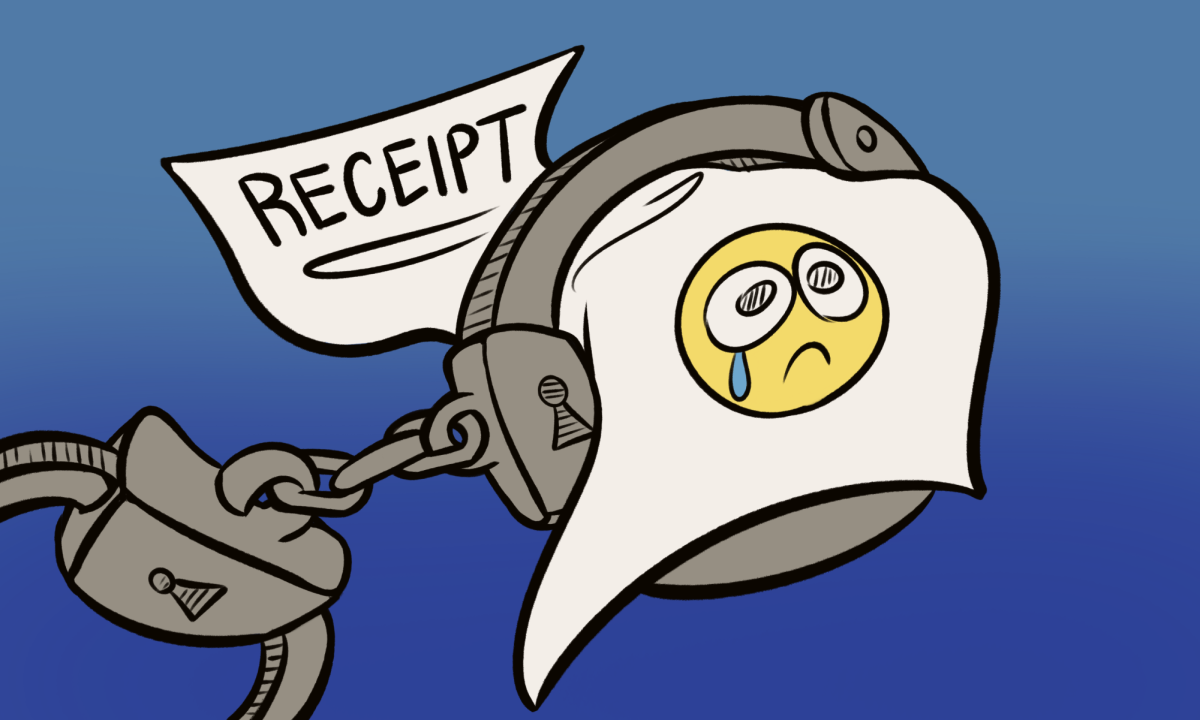Editor’s Note: All opinion section content reflects the views of the individual author only and does not represent a stance taken by The Collegian or its editorial board.
Everyone loves dogs, but more importantly, everyone loves a well-behaved and trained dog. Dog training comes in all forms, including operant conditioning, balanced training, positive reinforcement training and so forth.
Many students at Colorado State University have experienced the irritation of having a poorly-trained dog in a class or walking around campus. There are plenty of college students who have dogs — their old family dog, a new shelter adoption dog or a first time puppy. It can be difficult trying to decide what training methods do or don’t work, especially for a first time dog owner in college who’s going on this journey alone.
However, I’m not going to talk about specific training styles. Instead, I’m going to discuss and debunk some of the myths surrounding certain dog training tools that some people may consider barbaric or unethical so that you can be educated enough to eventually choose a training style that suits you. Here are the top three most controversial training tools to debunk.
Choke chains
Despite its name, a choke chain collar is a pretty mild training tool. It’s simply a chain made up of small links that slips over the dog’s neck. When pulled tight, the little links work together to tighten around the dog’s neck. This quick tension around the dog’s neck reminds the dog that you are in charge and that the dog is doing an undesired behavior.
A choke chain should sit high on the dog’s neck directly below their ears. Be sure to measure your dog’s neck correctly, as this chain should have a snug fit right onto their fur. When used properly, no choking should occur.
It can be difficult trying to decide what training methods do or don’t work, especially for a first time dog owner in college who’s going on this journey alone.”
Prong collars
Prong collars can be considered more intense, but they work very similarly to a choke chain. When a correction is given and the links are pulled together, the little prongs work to give a very light pinch to the dogs neck. The prongs are not at all sharp, and they are graciously spaced far apart so that a proper correction would in no way risk a dog being pinched so hard it would bleed. The pinch provided by a prong collar is simply more of a squeeze to the arm.
Like the choke chain, a prong collar should sit high on the neck behind the ears. It should not hang loose, as that could actually cause harm to the dog, but it should instead fit nice and snug. Remove links until proper fit is achieved.
For both the choke chain and prong collar, it’s important to not drag the dog by this type of collar or hold pressure for too long. A quick “pop” of the leash to create fast tension with instant release will be most useful for desired correction.
E-collars
An e-collar is often misunderstood as a shock collar. It’s critical to understand that an e-collar and a shock collar are not the same thing, although they are often confused. Like a human-grade muscle stimulation machine, the e-collar simply provides tactile stimulation.
However, just like how a muscle stimulator works, this stimulation isn’t painful at all. In fact, e-collar stimulation can be equated to tapping your dog repeatedly on their shoulder simply to get their attention.
E-collars do not shock dogs. Official e-collar technologies even advertise on their products that the collars provide tone, vibration and medical grade stimulation similar to a TENS machine used on humans.
Like the choke chain and prong collar, the e-collar should sit high on the neck right below their ears. The box should sit around the neck between the ears on the front of their throat, not the back of the neck. This placement is safest and most effective in correcting the dog. It’s also vital to remember to pulsate the e-collar button and to never hold it down for consecutive seconds, as this is considered improper use of the tool.
All of the above training tools are not intended to be used alone, but they pair best with positive reinforcement training. All the information provided is simply to debunk the idea of these training tools being abusive or barbaric, as well as to introduce correct use of such tools.
Any training tool — including a regular flat collar — can injure a dog. What’s most important when using any of these tools is having a trainer to show you how to use each tool properly and safely for them to have a positive effect. Please use all of the above tools responsibly. Incorrect use of tools can result in dog injury.
No matter what your stance may be on this topic, it’s important to at least respect and acknowledge that these training tools can result in a positive outcome when used correctly.
Shay Rego can be reached at letters@collegian.com or on Twitter @shay_rego.








